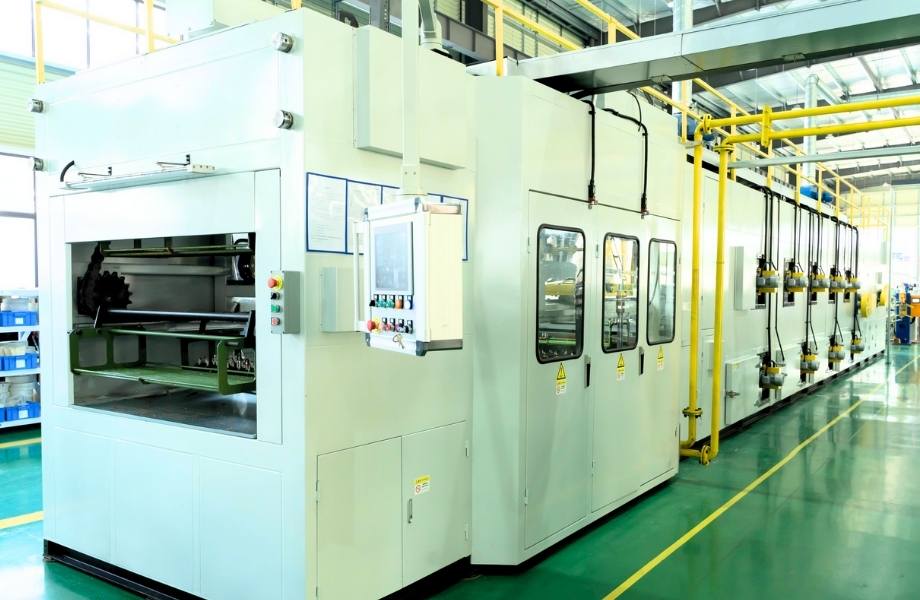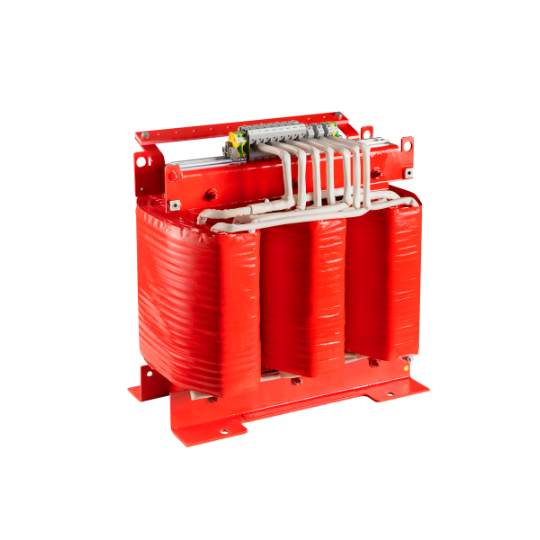Transformer for Hydropower
Shinenergy’s transformer for hydropower is applied in the water treatment, consisting of high-quality core and copper foil, with a waterproof IP55 outer shell, and a high voltage ratio.
- AF cooling method
- Low noise level, <65dB
- IP55 waterproof could be applied in the water treatment industry
- High insulation class

Waterproof Shell for the Special Application
With IP55 waterproof outer shell, the transformer for hydropower could be applied in the water treatment. IP55 means the product could be rinsed with water and prevents the accumulation of harmful dust.
High Frequency and Compact Size
Shinenergy’s transformer for hydropower with a frequency of 19KHZ, and the whole product weight is only 13KG, compact and light, easy to assemble and disassemble.

- Data sheet
- FAQs
| Model No. | MPT-019 |
| Application | Water treatment power |
| Core Material | Silicone Steel |
| Winding Material | Copper foil |
| Efficiency | 98.8% |
| Rated Current | Customized |
| Rated Inductance | Customized |
| Frequency | 19KHz |
| Capacity | 20KVA |
| Ratio | 450/600V |
| Connection | Li0 |
| Weight | 13KG |
- What is a Transformer for Hydropower?
- It’s a transformer specifically designed to be used in hydropower plants for stepping up or down the voltage of electricity generated by hydroelectric turbines.
- How Do Transformers in Hydropower Plants Work?
- These transformers adjust the voltage level of the electricity produced by the hydro turbines to a level suitable for long-distance transmission or local distribution.
- What are the Key Features of Hydropower Transformers?
- They are typically robust, designed to handle large power capacities and operate efficiently in the moist and variable conditions common in hydropower settings.
- Why are Transformers Important in Hydropower Plants?
- Transformers are essential for ensuring the efficient transmission of hydroelectric power from the generation site to the power grid or end-users.
- How are Hydropower Transformers Different from Other Types?
- They often have higher power ratings and are built to withstand harsher environments, including high humidity and potential water exposure.
- What Types of Transformers are Used in Hydropower Plants?
- Both step-up and step-down transformers can be used, depending on the specific requirements of the power transmission and distribution network.
- Can Transformers for Hydropower Handle High Voltages?
- Yes, they are designed to handle high voltages, as hydropower plants often generate large amounts of electricity that require high-voltage transmission.
- What Maintenance is Required for Hydropower Transformers?
- Regular maintenance includes checking for moisture intrusion, insulation testing, and monitoring for any signs of wear or damage.
- Are Special Considerations Needed for Installing Transformers in Hydropower Plants?
- Yes, considerations include ensuring protection against moisture and flooding, as well as integrating with the plant’s safety and control systems.
- How Does the Environment of a Hydropower Plant Impact Transformer Design?
- The design must account for potentially high levels of humidity, temperature fluctuations, and the need for robust construction to ensure longevity and reliability.

Main Features of the Transformer for Hydropower
Due to the special application, Shinenergy’s transformer for hydropower with the waterproof shell, the insulation class is H class, so the temperature rise could be more than 100 degrees, with the high frequency and the compact size, easy to assemble and disassemble.






